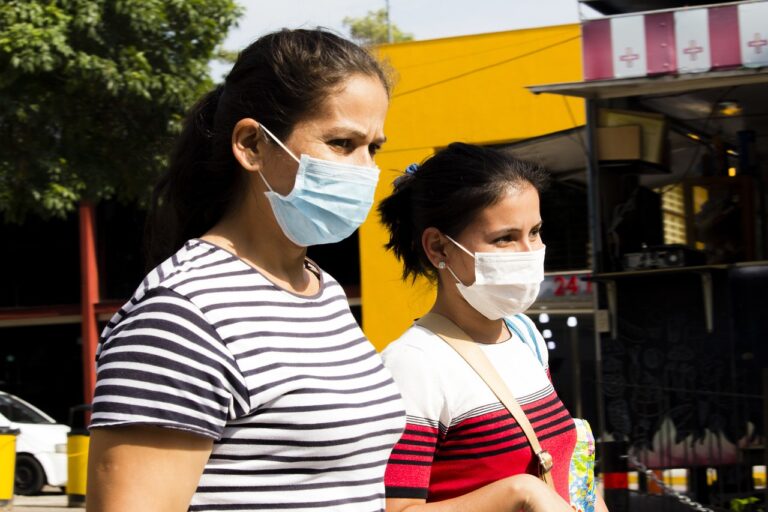Innovations in Telemedicine through Mobile Health Vans
Mobile health vans offer a convenient solution for expanding telemedicine services to underserved communities. These vans are equipped with telecommunication technology that enables healthcare providers to deliver remote consultations, diagnoses, and treatments to individuals who may not have access to traditional healthcare facilities. By bridging the gap between patients and healthcare professionals, mobile health vans enhance healthcare accessibility and affordability, ultimately improving health outcomes in rural and remote areas.
Moreover, mobile health vans can bring specialized medical expertise to regions where such services are scarce. Through telemedicine, patients in remote locations can benefit from consultations with specialists without the need to travel long distances. This not only saves time and money for patients but also ensures timely intervention and appropriate medical advice. The ability of mobile health vans to connect patients with a wide range of healthcare providers contributes to comprehensive and personalized care, addressing the diverse healthcare needs of rural populations.
Challenges Faced by Mobile Health Vans in Telemedicine
Mobile health vans face several challenges when it comes to providing telemedicine services in remote areas. One of the main hurdles is the limited internet connectivity in rural regions, which can lead to disruptions in video calls or delays in transmitting medical data. This unreliable network connection can hinder the effectiveness of telemedicine consultations and impact the quality of care delivered to patients.
Additionally, mobile health vans may encounter difficulties in accessing electronic health records of patients due to lack of integration with local health systems. This can result in incomplete patient information, leading to potential misdiagnosis or incorrect treatment plans. Without seamless access to relevant medical histories and test results, healthcare providers onboard the mobile vans may face challenges in delivering comprehensive and personalized care to patients.
Impact of Mobile Health Vans on Rural Healthcare
Mobile health vans have emerged as a promising solution to bridge the healthcare gap in rural areas. These vans bring essential medical services directly to remote communities, thereby increasing access to healthcare for individuals who may have otherwise struggled to receive medical attention. By providing services such as consultations, screenings, vaccinations, and even minor treatments, mobile health vans play a crucial role in improving the overall health outcomes of rural populations.
Furthermore, mobile health vans have proven to be an effective tool in promoting preventive healthcare practices among rural residents. Through education and awareness campaigns conducted onboard these vans, individuals are empowered to take charge of their health and adopt healthier lifestyles. This proactive approach not only aids in the early detection of diseases but also helps in reducing the burden on already overwhelmed healthcare facilities in rural areas.
• Mobile health vans bring essential medical services directly to remote communities
• Increase access to healthcare for individuals in rural areas
• Provide consultations, screenings, vaccinations, and minor treatments
• Improve overall health outcomes of rural populations
• Promote preventive healthcare practices among rural residents
• Conduct education and awareness campaigns onboard mobile health vans
• Empower individuals to take charge of their health and adopt healthier lifestyles
• Aid in early detection of diseases and reduce burden on healthcare facilities
How do mobile health vans benefit rural healthcare?
Mobile health vans provide easy access to healthcare services for individuals living in remote areas. They bring medical professionals and equipment directly to the community, reducing the need for patients to travel long distances to seek medical care.
What are some advantages of using mobile health vans for telemedicine?
Mobile health vans equipped with telemedicine technology allow patients to consult with healthcare providers remotely. This can improve access to specialized care, reduce wait times, and lower healthcare costs for rural communities.
What challenges do mobile health vans face in providing telemedicine services?
Some challenges include limited internet connectivity in rural areas, the need for specialized training for staff to operate telemedicine equipment, and ensuring patient privacy and data security during remote consultations.
How has the presence of mobile health vans impacted rural healthcare overall?
Mobile health vans have improved healthcare access and outcomes in rural areas by bringing essential medical services closer to communities in need. They have helped reduce healthcare disparities, increase preventative care measures, and improve overall health outcomes for rural residents.







